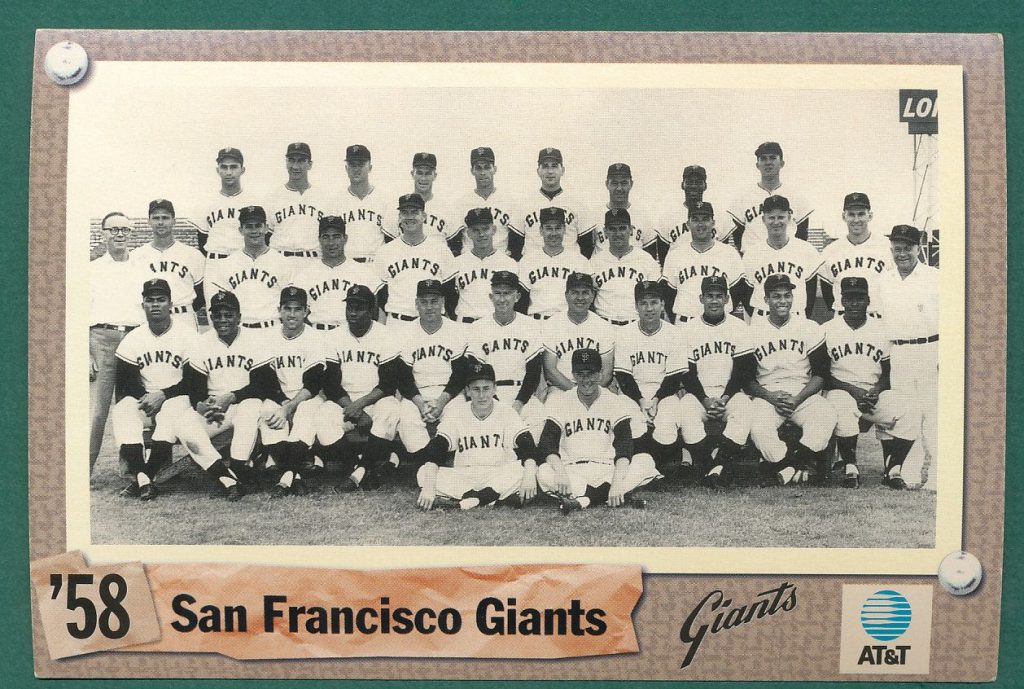On February 7, Mike Keer, Product Realization Group CEO and Founder, moderated an informative and interactive panel discussion about how to prepare your hardware startup to get funded. The panel featured both experienced founders and funders in the hardware startup community:
- Ted Kraus: Investment Director, TechCode AI Accelerator (Investment)
- Bradley Leong, Hardware Partner, Tandem Capital (Early stage investment fund)
- Ilya Rosenberg: Co-Founder and CEO at Sensel, Inc. (Startup)
- Ryan Keating: Managing Partner, Keating Consulting Group (Finance)
The following is the fourth in a series of blogs summarizing the learnings on hardware funding from this panel.
How important is the team to funding for early stage startups?
Investors and the startups alike angst about the team makeup of the startup organization. The investor wants to ensure that the founders have the skillset to both build and sell on their product vision. Ted Krause’s insight’s on founders come from his experience both as an entrepreneur and an investor. He notes that while it’s possible to find a startup with a single founder that can do both the building and the selling, “it’s rare that it’s scalable.” He recommends:

- Have someone “that can build it”
- Have someone “that can sell it,”
- Have “clear division of church and state.”
He cautions about egos and titles, noting that “sometimes egos get in the way.” Ted recalls an occasion when he was a founder but wasn’t the CEO. His ego got the better of him: “I didn’t want to be the COO — I wanted to be CEO because it was the better title.” In fact the roles that they had were well-defined and correct, and they had the same amount of shares. While sometimes you find a technical CEO, more generally, it is the sales-minded founder who is CEO.
Bradley Leong from Tandem Capital gives additional insight into the role of the founders when seeking investors, noting that there’s a subtle difference between someone who can sell product to the customer and then someone who can pitch it. Early venture capitalists are not only thinking about how well the business can work, but how well you can raise more capital from bigger investors later on.
Another key observation Bradley makes about team composition is with regard to startups that fail without shipping product. He attributes this failure to a lack of expertise in the core team, “that is able to know where to spend money and where not spend money. Because the price of anything is variable. Something that cost $2 could cost $2000. It just depends on what you know about what you are paying for. I think this has been a major failure of a lot of startups, including some of the ones we invest in.”
How do you structure equity?

As a general rule, co-founders are special status, and more should be reserved for them. The question was raised about structuring equity for “founders” or other important team members who may join a little later.
Bradley comments that “later people should get less, whether you put them in the option pool or set aside something.”
According to Ryan Keating, “One of the things you do at each round is replenish the option pool before you close.” New investors don’t want to face dilution of options. Keating advises his clients to look at their hiring road map and evaluate their needs at all levels and then build the budget for options. Clients then get board approval, set the option pool, and know what hiring they can do.
For Ilye, if it’s someone who’s going to be involved in the big decisions, like whether you’re going to sell the company, or whether to raise money–if it’s somebody that you are going to trust to care about the company as much as you do, then you can consider that person for co-founder. He sees the equity decision separately. He weighs how badly you want to retain this person long term– is this somebody that you have to have to scale the company and grow? If yes, then allocate more and incentivize.
Last Words

Bradley Leong, Tandem Capital:
Feature Creep: Look at your product and ask yourself whether you really have to sell all those features. Sometimes it is enough to solve one problem really well. Bradley points to their client Tile, as an example of a product that successfully solves a single problem– it finds your keys.
Failing Before Delivering Product: The right reason for a startup to fail is to work really hard, get a product out there, and then for some reason it doesn’t make it with users — A bad way to fail is never even getting the product out there.
“One of the big reasons I feel [startups] are not delivering is that they don’t have enough expertise in the core team that is able to know where to spend money and where not to spend money.”

Ryan Keating, Keating Consulting Group:
Make sure that you don’t find yourself in in a position where you’re out of money and you haven’t gotten to that next point that you can hit the next round of investors. Avoid that no man’s land of where you didn’t do what you thought you would do or promised you would do, and you’re out of money, and you have to reset expectations. As Ryan emphasized, it’s expensive, and it’s painful. Startups constantly underestimate what it takes to get their product to market. He has never been involved in a company that hasn’t underestimated that, even with his help.
“Leave yourself the buffer, time and money-wise.”

Ilye Rosenberg, Sensei, Inc.:
The No. 1 factor is your network, especially your network of other startup founders. According to Ilye, you will get your best insight into who is interested, other investors, insight into who’s investing in what and all of these different nuances. from other founders. He encouraged founders to continue to network in Meetups like this and share stories and information.
“Don’t focus so much on execution everyday and spend a little time on networking, because it’s going to pay off really quickly in the future.”

Ted Krause, TechCode:
Make sure you have a marketing budget. Put it in your pro forma. You are going to have to spend money on marketing it. Ted noted that he’s seen a lot of startups that did not have marketing budgets.
“They had big technical budgets and big salary budgets, but no marketing budget, and it screwed them.”


